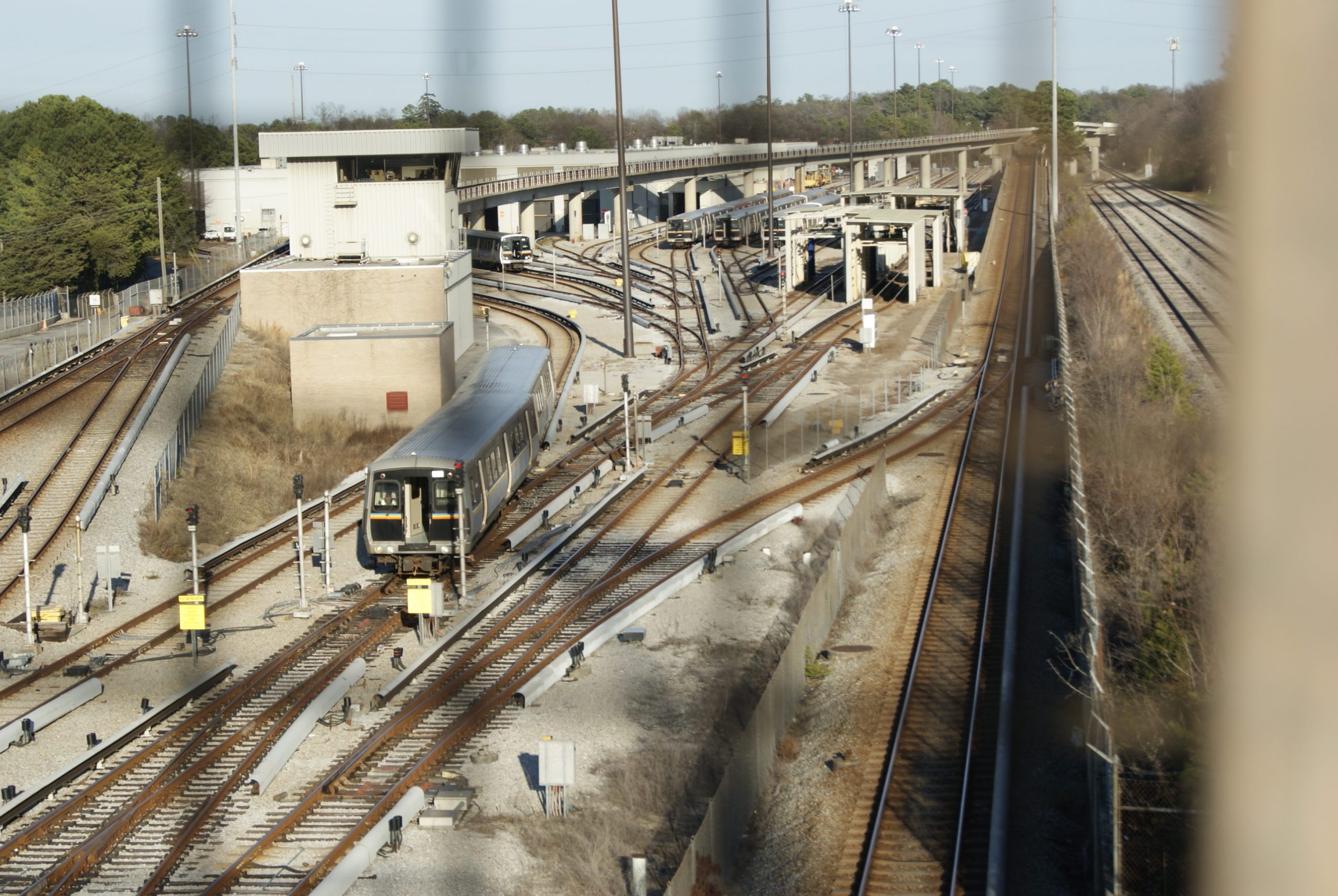
The legislative session in Georgia has begun and there have been talks from senators and representatives on expanding transit funding.
In the 2016 Final Report of the Senate Study Committee on Regional Transit Solutions, Senate Resolution 1085 evaluated the Georgia transit system, which includes MARTA (Metropolitan Atlanta Rapid Transit Authority), GRA (Georgia Transit Association), and SRTA (State Road and Tollway Authority), and determined how to make advancements to it.
According to the study, Atlanta is the only state capital in the United States that doesn’t get funding for public transit. The American Society of Civil Engineers (ASCE) reported Georgia only spent $ 0.63 per person on public transportation in 2008, whereas other states like Illinois spent $40.43, and North Carolina $7.94 per person.
In 2015 House Bill 170 (HB 170) was given $75 million in general obligation bonds to help Georgia’s public transportation system. A general obligation bond is a type of municipal bond that is used to fund projects that serve the community, with the belief that the bond will be paid back through taxes or revenue from the project.
In 2016 Gov. Nathan Deal and Executive Director of the Georgia Regional Transit Authority State Road (GRTA) and Tollway Authority (SRTA) Chris Tomlinson, announced the bonds would be used on 11 transit projects, including the Albany Transit System, Athens-Clarke County, Chatham Area Transit Authority (CAT), and MARTA.
“It went to projects to expand or replace new bus fleet, and at least two of the operators are expanding their fleets with zero emission electric buses. These bonds funds were only available on the capital side, meaning buying assets, construction,” Tomlinson said.
The study stated that increasing transit options would lead to economic and environmental benefits, which would be funded by state, local, and federal sources.
The senate members hope to make this happen by imposing a 1 percent MARTA sales tax in all 28 of Georgia’s metro areas, securing state support for MARTA, federal funding, expanding MARTA trains and buses into all metro Atlanta counties and adding new train lines and improved bus schedules.
Tomlinson said that the state, through required state magistrate federal funds, spends anywhere between between $30-40 million a year through either the Department of Transportation (DOT), Department of Community Health, and the Department of Human Resources to do whats called “rural human transport services.”
“The question is out there that is state putting the money in the right place,” said Tomlinson.
“I want to be clear on this, from neither one of my agencies has anyone said definitively that there needs to be more [money]. What’s been said definitely is, transit is an important service of the metro area, it’s important for dealing with congestion, and it contributes to economic development. It is a state’s proper role now, from both a governance or funding perspective, to start more specific discussions to figure out should it be doing more and what it should look like,” said Tomlinson.
But Eric Graves, Senior Engineer of Alpharetta’s Community Development, thinks an expansion of MARTA in areas like Alpharetta might not provide any solutions.
“As part of a holistic regional approach I think most people would be interested in seeing a MARTA expansion, but there are also people with the concern that MARTA would add to local transit to the local city streams due to people trying to access MARTA’s rail lines from outer counties,” said Graves.
Lee Biola, president of Citizens for Progressive Transit, an organization that advocates for transit improvements throughout the greater Atlanta region, said he would like to see MARTA expansions as well as the Atlanta streetcar line.
He said the tough part is figuring out where to allot the money.
“Trying to decide which projects to build with the referendum money is big undertaking and that’s something that they need to work on. We think that Gwinnett and Cobb County voters should vote to approve MARTA that is something that they have not done in the past and currently state law limits the MARTA to 5 counties,” Biola said.
Recent Georgia State graduate Tor Reels lives in the counties MARTA has yet to expand to, and said things would be a lot easier if he had a more reliable commute from Cobb County.
“My job is pretty far from where I live,” Reels said. “I work in Lenox and I don’t drive so I usually depend on the MARTA to commute to and from my job. I skate to the bus stop, which is 30 minutes away from my house, then take the bus two stops until I get to the Art Center MARTA station. I typically spend $40 on fares a weekly basis, but the city should be able to lower fares from the money they make on SunTrust Park stadium, while still making a good profit.”

Leave it up to the Republican controlled state of Georgia to not fund and manage transportation in it’s most important city. MARTA is shameful. It began building the same time as DC’s Metro and Metro is more than 10 times larger. Meanwhile, the highway system in and around ATL is by far the smallest for a city of its size. Compare Metro Minneapolis, a metro area half the population of metro ATL, yet has more than twice the amount of highway.
A Republican’s mantra: Vote for me so I can do nothing for you.